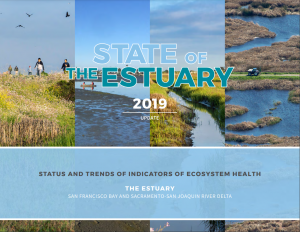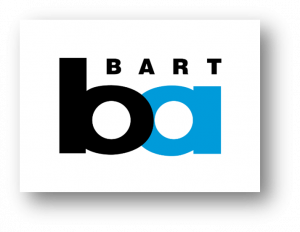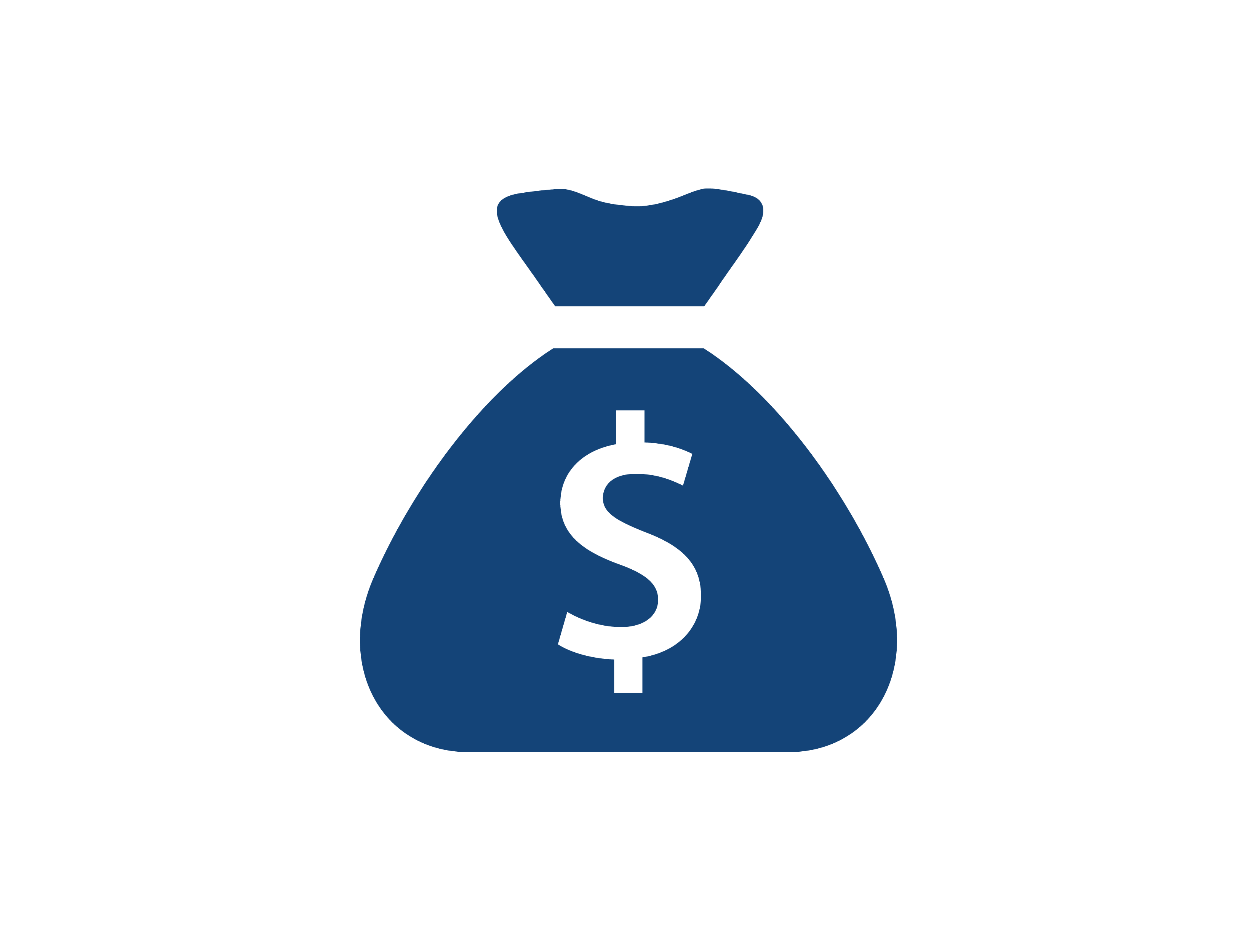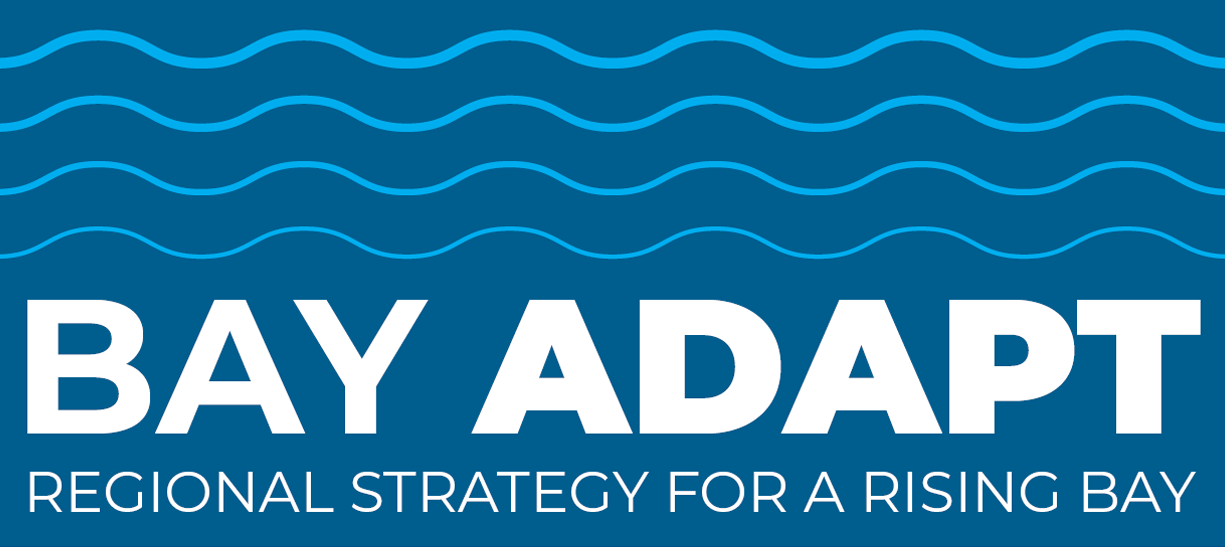
PROGRESS
The cycle of adaptation never stops. Science evolves and we learn lessons from existing projects, often requiring updates to our plans and policies. But how do we know if our efforts have been successful, and whether everything is working out as planned?
Tracking and learning from our successes and failures will allow the region to adjust course, celebrate progress, maintain transparency, and adapt to uncertainty. Accountability for how well we achieve our collective adaptation goals goes hand-inhand with future support for this critical work.

ACTION 9: Track and report progress to guide future actions.
Goals:
- A process for gathering feedback and measuring progress on local and regional adaptation efforts.
- Clarity on how to adapt plans and projects to changing conditions and outcomes.
- Enhanced monitoring of nature-based projects to better understand the benefits and challenges of an ecosystems approach to adaptation.
TASK 9.1: Measure regional progress using metrics and share results.
Regularly check and report on adaptation progress based on the established and shared regional metrics identified in Task 1.1. Metrics should measure the difference between today’s “baseline”—the region’s current risk profile and adaptation status—and changes related to adaptation activities, or other measures of long-term sustainability. Also consider collecting qualitative reports, such as narratives and community feedback.
Resulting “report cards” should be transparent and understandable (through visually compelling online dashboards) to partners, stakeholders and the public. When appropriate, they should suggest ways to increase alignment with the regional vision, such as changes to incentives (Tasks 5.1 and 8.1), funding models (Task 6.2), technical assistance programs (Task 4.2), or the legislative agenda (Task 1.2).
See Task 9.1 in the Draft Implementation Brief for details and ideas for advancing the Joint Platform actions.
 The State of the Estuary report tracks indicators and trends that measure the San Francisco Estuary’s ecological health. Likewise, the Delta Stewardship Council’s Delta Plan Performance Measures uses several metrics to measure, progress, and track performance across the coequal goals of a reliable water supply for California and a healthy Delta ecosystem. It uses an easy-to-access, graphics-rich online interface to illustrate performance measure information and data to ensure transparency around the Delta Plan’s goals and performance measures. This website and the metrics it tracks could be a model for how the Bay Area could transparently track its adaptation goals and progress.
The State of the Estuary report tracks indicators and trends that measure the San Francisco Estuary’s ecological health. Likewise, the Delta Stewardship Council’s Delta Plan Performance Measures uses several metrics to measure, progress, and track performance across the coequal goals of a reliable water supply for California and a healthy Delta ecosystem. It uses an easy-to-access, graphics-rich online interface to illustrate performance measure information and data to ensure transparency around the Delta Plan’s goals and performance measures. This website and the metrics it tracks could be a model for how the Bay Area could transparently track its adaptation goals and progress.
TASK 9.2: Monitor and learn from pilot projects.
Monitor pilot projects to identify lessons learned and update or establish guidance based on these lessons. Expand and support existing monitoring programs, such as the Wetland Regional Monitoring Program and the San Francisco Bay National Estuarine Research Reserve, to increase the context for learning and adaptation. Use monitoring to update and refine best practices for innovative, multi-benefit projects covered in regional vision (Task 1.1), funding criteria (Task 6.2), technical assistance guidance (Task 4.2), and permitting processes (Task 7.1).
See Task 9.2 in the Draft Implementation Brief for details and ideas for advancing the Joint Platform actions.
 Pilot projects don’t have to be limited to nature-based solutions. The San Francisco Bay Area Rapid Transit District (BART) can serve as a model for other agencies pursuing adaptation. With limited funding and resources, BART has conducted a number of pilot projects to evaluate resiliency risks and develop adaptation solutions. Pilot findings have been used to inform BART capital projects of risks. As a pilot outcome, BART requires in the BART Facilities Standards (BFS) that capital projects account for SLR risk in their designs. BART’s approach to leverage existing data and partnerships to maximize pilot outcomes are examples of practices that can be shared and benefit other agencies.
Pilot projects don’t have to be limited to nature-based solutions. The San Francisco Bay Area Rapid Transit District (BART) can serve as a model for other agencies pursuing adaptation. With limited funding and resources, BART has conducted a number of pilot projects to evaluate resiliency risks and develop adaptation solutions. Pilot findings have been used to inform BART capital projects of risks. As a pilot outcome, BART requires in the BART Facilities Standards (BFS) that capital projects account for SLR risk in their designs. BART’s approach to leverage existing data and partnerships to maximize pilot outcomes are examples of practices that can be shared and benefit other agencies.
Action 9 Benefits

EQUITY
Ensures accountability for equity and community-focused adaptation outcomes.

ENVIRONMENT
Ensures accountability for nature-based, ecosystem, and habitat-based adaptation outcomes; monitoring and reporting will improve the design, permitting, funding, and construction of nature-based adaptation strategies.

ECONOMY
Ensures accountability for job and housing growth adaptation co-benefits; monitoring of pilot projects will lead to more efficient and effective projects and expedited protection for critical assets.





